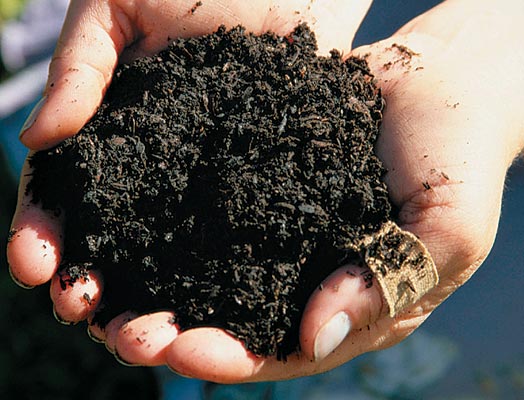Soil Disease - Rotate Your Veg!
 It is widely accepted that moving members of the nightshade family through your garden and following crop rotation is a must. Typically, it is recommended that tomatoes (and other nightshades like potatoes or eggplant) should only be planted every sixth growing cycle - that's about every year and a half if you grow intensively.
It is widely accepted that moving members of the nightshade family through your garden and following crop rotation is a must. Typically, it is recommended that tomatoes (and other nightshades like potatoes or eggplant) should only be planted every sixth growing cycle - that's about every year and a half if you grow intensively.
With that I received an email recently from an urban gardener planting in her parking strip. She has been planting tomatoes in the same spot for 3 years and just this year encountered a problem.
"We converted our planting strip into a vegetable garden with the neighbor and have in the past had great success with fruit and veggies. Last year our tomato crop got a disease where they would come in and the tops would turn brown. We were told it was a soil issue and we’d have to replace all the soil before planting tomatoes again, which is fine. I also think despite planting clover, we didn’t do enough to prepare our soil this year. Do you have a tips sheet for winter garden prep that you could share or a link to a legitimate and locally appropriate site that might be able to offer guidance?"
It is hard to diagnose a plants diseases without actually looking at the plant or watching the disease advance, but there are alot of resources online. Read here and here to check out some information and make assessments if you've experienced a similar problem. Hopefully these will inspire you and educate you as to why rotating crops is so important, particularly in our small urban gardens.
Here is a breakdown of how and why to avoid soil borne disease, from the National Sustainable Agriculture Information Service. It's a great site to bookmark for the future!
